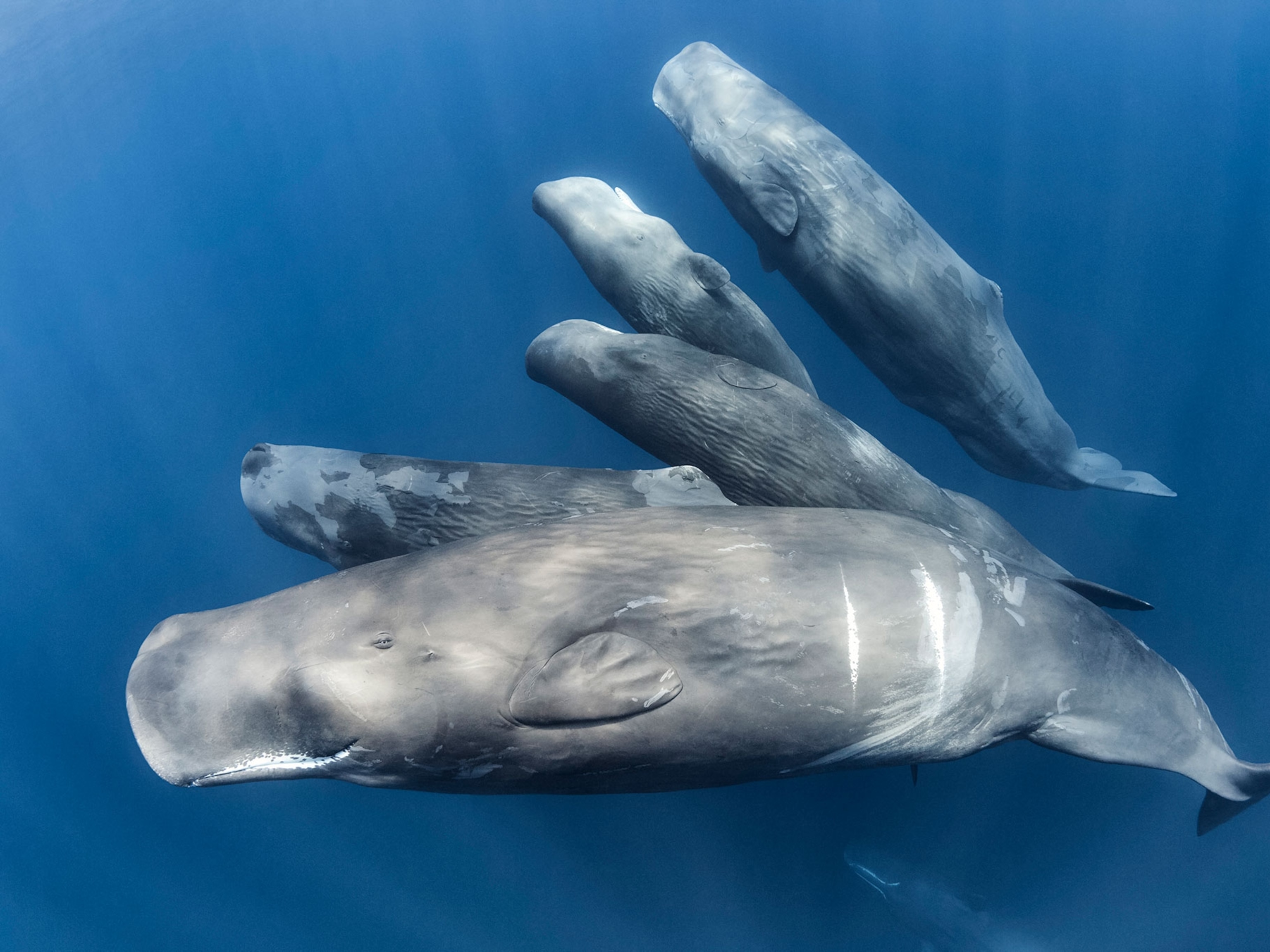
Listen: Singing Apes and More Animal Musicians
A new study shows how the melodies of the silvery gibbon are linked to the evolution of human language.
As one of the only nonhuman primates to rely on vocal communication, silvery gibbons belt out complex tunes with up to 14 different notes.
Listen to the silvery gibbon (toward the end of the video).
In a new study, researchers looked at how the apes construct complicated messages by stringing together much simpler content—something at which humans are skilled. (Related: “Making Music Boosts Brain’s Language Skills.”)
The results revealed that complex human language may have evolutionary roots in much simpler vocal communication found in other animals, said study co-author Bob Berwick, a computer scientist and linguist at the Massachusetts Institute of Technology.
“It seemed as if human language appeared out of nowhere, but we know now that’s not exactly the case,” said Berwick, whose study was published June 9 in the journal Frontiers in Psychology.
Here are some other examples of species with amazing musical talents. (Also see: “Rare Singing Dog Photographed in New Guinea?”)
Society Finch
Also known as the Bengalese finch (Lonchura striata domestica), this bird is a relatively popular pet due to its song.
Listen to the society finch.
For instance, the bird’s song has the equivalent of grammar: It follows particular rules as it stitches notes together. (Also see: “Monkeys Recognize Poor Grammar.”)
Beluga Whale
The beluga whale (Delphinapterus leucas) is sometimes called the sea canary because of its underwater vocalizations, which help them communicate over long distances.
These whales spend much of their time in frigid Arctic waters and can use echolocation—a type of natural sonar—to find holes in the polar ice where they can surface to breathe.
Gelada Monkey
Found only in the highlands of Ethiopia, the gelada monkey (Theropithecus gelada) lives in two different types of groups: The reproductive unit, which consists of up to 12 females and 2 to 4 males, and the all-male unit, which has up to 15 males.
Like humans, geladas will often sit in groups and chatter with each other, which solidifies the animals’ rank within the group. The monkeys also use vocal communication to signal danger, aggression, appeasement, and more.
Watch geladas chatter.
Toadfish
These fish might have a face that only a mother could love, but male toadfish compensate with their operatic singing. Although they don’t have vocal cords, they can sing with their swim bladders.
Listen to a toadfish grunt.
The males construct underwater nests for eggs and attract females to their bowers by contracting the muscles on the swim bladder, which creates a humming or whistling sound that the females can hear at the surface. (See pictures: “Noisy Fish Reveal Evolution of Vocalizing.”)
House Mouse
Male house mice (Mus musculus) also sing to woo females. Their songs are ultrasonic and inaudible to humans, though cats and other predators can hear them.
In a 2012 study, scientists caught wild male house mice and used digital audio software to examine the durations, pitches, and frequencies of their sounds.
Hear male mice sing.
The results revealed that the males’ songs are more complex than mere squeaks, and that each male has a different singing “voice.” (Related: “Male Mice Have ‘Singing Voices.'”)





